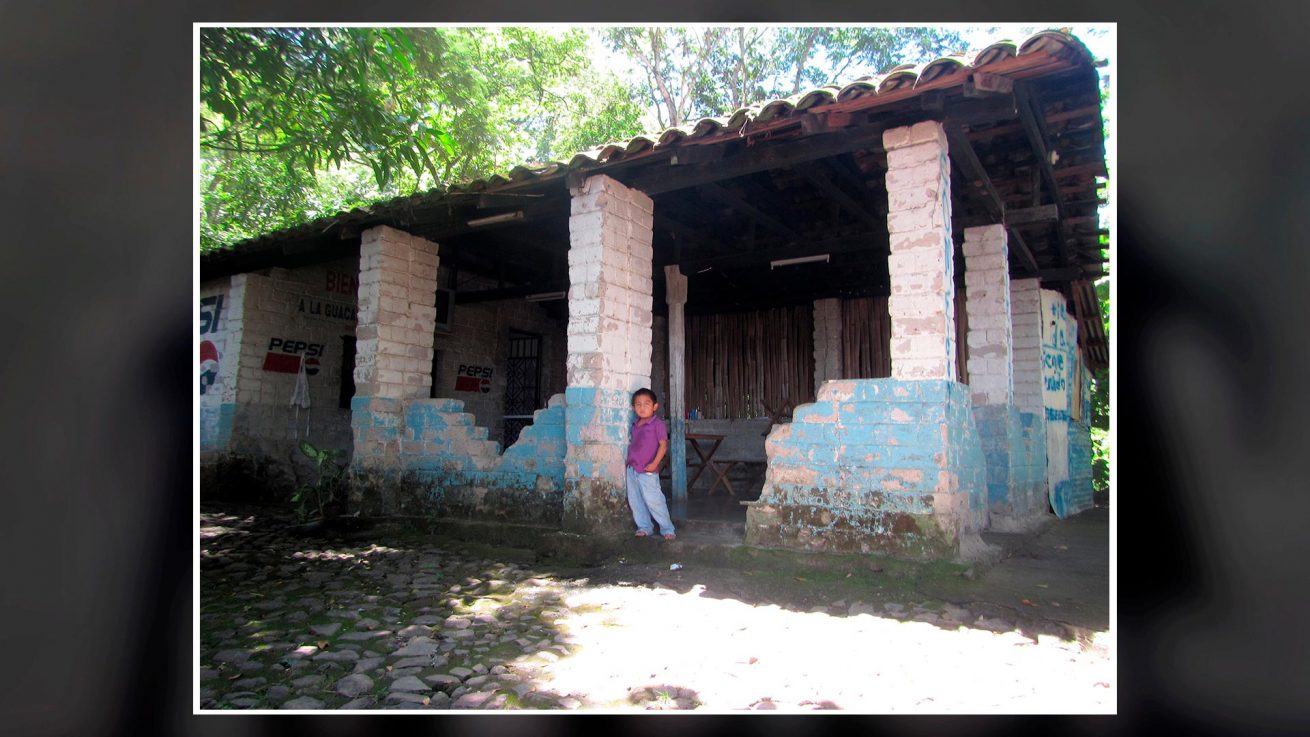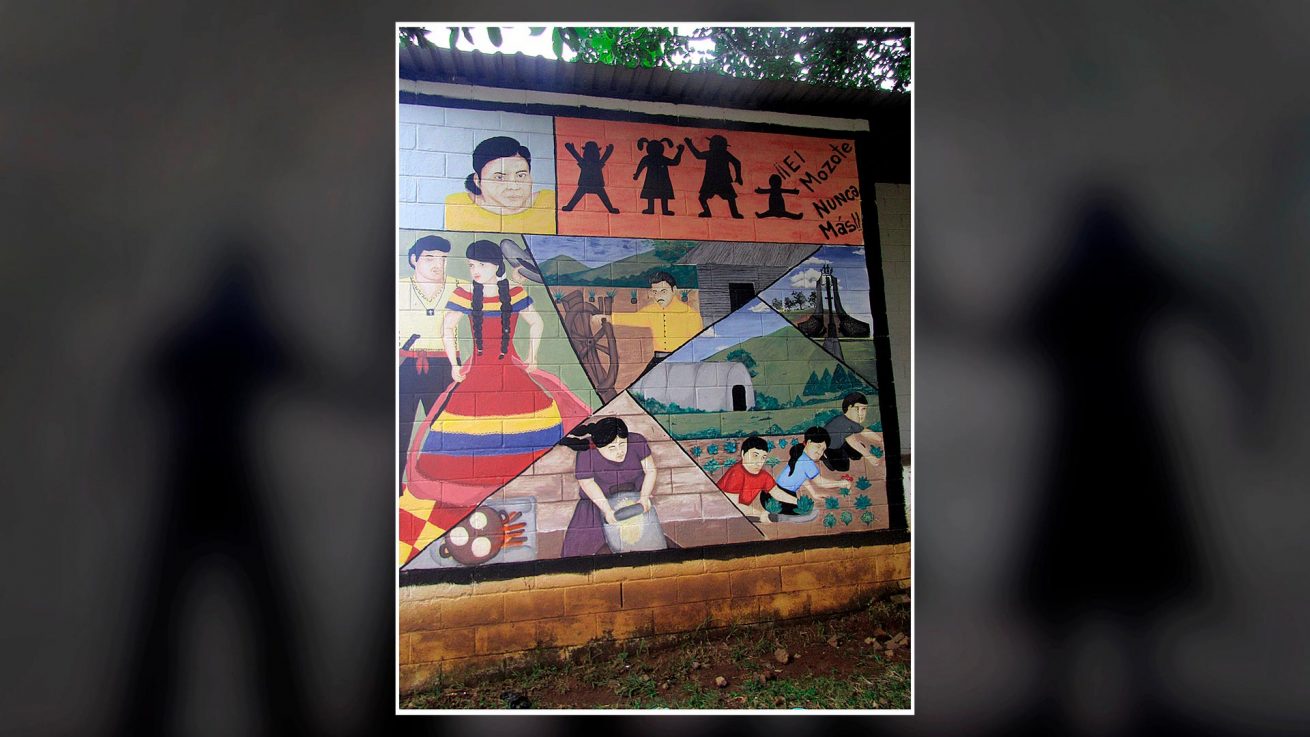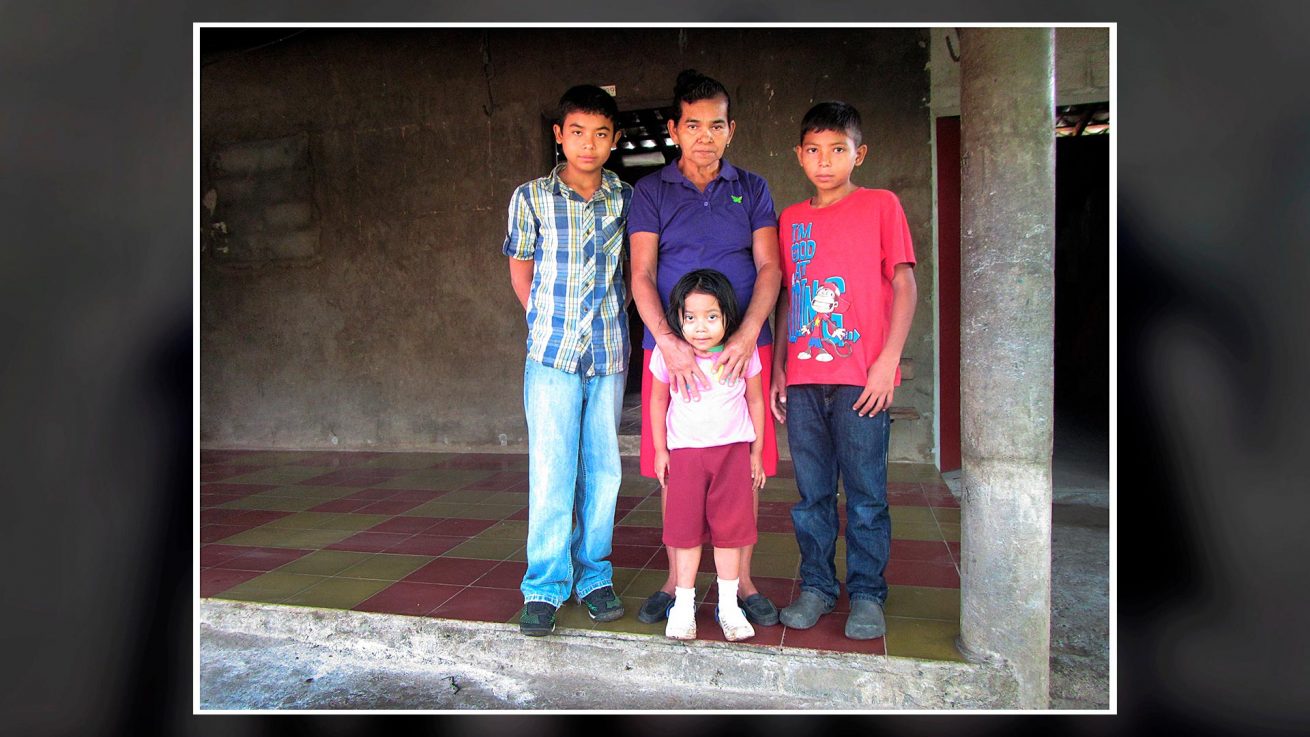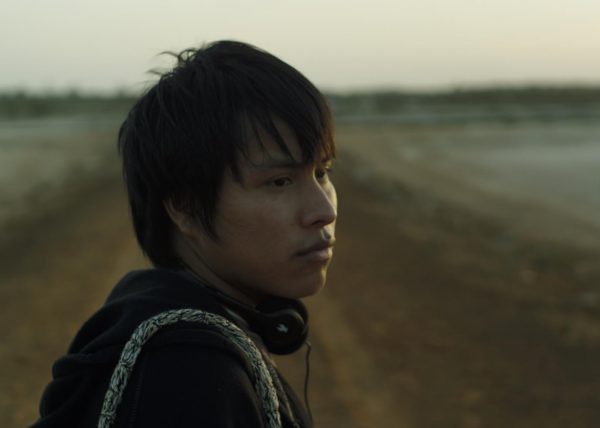

Hundreds of photographs taken by the children of Morazán, fill with color the tragic, bloody and painful past Salvadorans lived following twelve years of death and displacement.
Sypnosis
During the ‘90’s Central America experienced a time of social unrest. Driven by the rebellion struggles in Nicaragua, an insurrectional movement called Farabundo Marti National Liberation Front (FMLN) emerged in El Salvador. It established its main operating area in the North of the country, especially Morazán. The armed conflict lasted 12 years, resulting in thousands of casualties, disappearances, human right violations, and murders such as that of Father Arnulfo Romero and other Jesuit priests who raised their voices against the attacks. The war finally ended in 1992 after the parties signed the Chapultepec Peace Accords in Mexico.
“Miradas de Cipotes” tells the story of a group of children from Morazán who after a photography and video workshop begin a process of reconstruction of historical memory, interviewing their relatives about what happened during the years of the war. Most of the men
were in the guerrillas, while the women and the elderly were displaced to refugee camps in Colomoncagua, Hondura.
The story is woven through the tales told in several interviews made by each of the children. Chiyo and his entry into the war at the age of nine, Maria Celina and
her struggle as a catechist, Irma and her fights for indigenous woman, the teacher Ophelia who turned her classroom in a place for insight on the need to understand-remember and uphold history; Sandra and migration to the US, an ironic escape from the current problems of gang violence in El Salvador.
The children’s naïve eyes about their recent history and the need for peace in the world.










































































